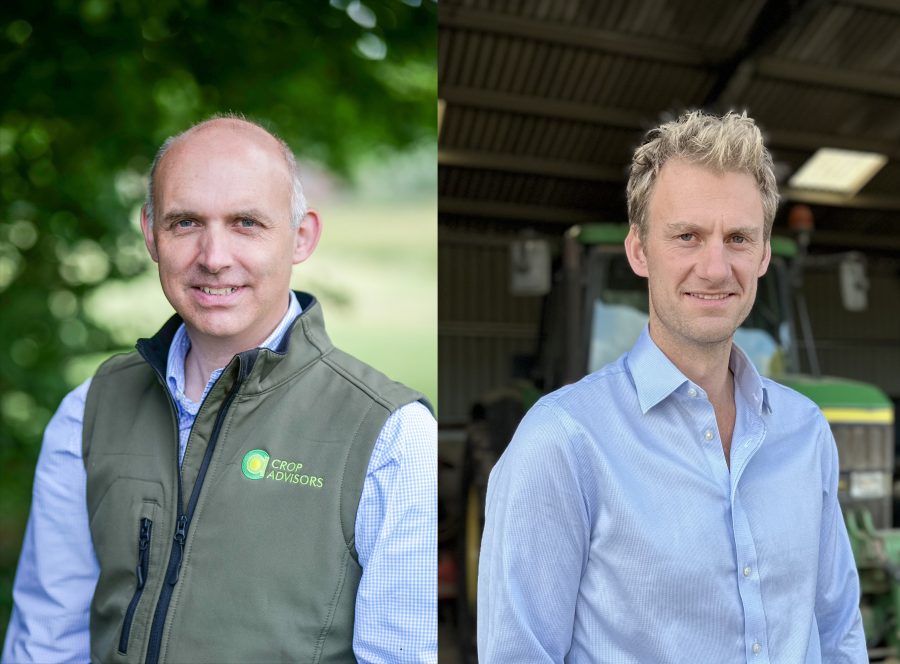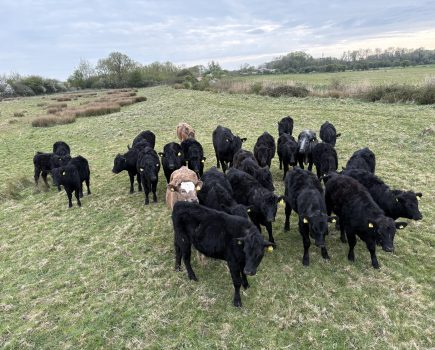This month’s contribution comes from Howard Nason of Crop Advisors, who sources seed for game cover and Sustainable Farming Incentive (SFI) needs, and Oli Pilbeam, CCC agronomist and Farm Business Consultant with CLM.
Howard Nason
The Sustainable Farming Incentive has adopted a change in approach compared to the prescriptive set of rules that had to be followed for Countryside Stewardship.
This change, which gives farmers more flexibility to adapt the approaches to suit the season or rotation, is very helpful, but growers must always keep in the back of their minds the importance of ‘meeting the aim of the action’.
While the wording in the SFI handbook can be interpreted in various ways, pushing the interpretation too far by sourcing the wrong mix, cutting sowing rates or drilling at a time of year when the species in the mix will struggle to achieve their potential, risks the farmer not meeting the action’s aim and, ultimately, having to re drill.
One of the most challenging options to get right is SAM3 herbal leys, particularly where growers are looking to over-sow herbs and legumes into an existing sward. Getting the mix right is crucial; many herb species will struggle to compete in a perennial ryegrass sward and will get shaded out. Drilling no deeper than 10mm with good seed soil contact when the existing sward growth has slowed down is vital for a successful outcome.
At Crop Advisors we source the SFI seed requirements for Chichester Crop Consultants’ clients. As a buyer it is important to ensure we are comparing like with like and assessing mixes from an agronomy point of view. An example of this would be drilling wild carrot as part of IPM2 mixes. This needs consideration as the plant can spread and cause problems in adjacent arable crops which can be expensive to put right.
Oli Pilbeam
As well as progressing through the backlog of spraying and the outstanding fertiliser plans, it’s important that any SFI or Countryside Stewardship options are given the same attention as traditional spring crops. The attractive payment rates should put the planting and the conditions at planting at the forefront of our minds, particularly this year, when quarterly SFI payment will be welcomed.
The seed mixes are often expensive, and so it’s imperative to plant when conditions are right; ideally when there is moisture, followed by a good heavy roll. This is perhaps easier said than done, especially when looking back through recent springs.
Most mistakes are made with AB9 or AHL2; these are often planted too early, allowing competition from weeds (particularly polygonums) or planted into very dry soils, providing bird food for the crows.
Often the best results are achieved by planting as late as mid-June on a stale seedbed, although planting too late will not provide enough bird seed to last through the winter, falling short of the action’s aims.
The action NUM3 offers good flexibility and is attracting interest, which is understandable considering what seems to have been a never ending winter. We must, though, be wary of a knee-jerk reaction and remember that this is a three-year commitment and has a cost associated with establishing and managing it correctly. We also live with volatile commodity markets. You never know, one day farmers might actually be encouraged to grow actual food for the growing population.
If managed correctly, NUM3 will help to reduce the blackgrass populations. The key is topping at the correct height and at the right growth stage; just as the blackgrass starts to head. This may mean two or three mower passes, but don’t be persuaded to cut it too low to early.
In my experience, the true soil and wildlife benefits come in the second year after establishment. There would be some gain in an annual mix, but I certainly question the idea that a six-month term would be meeting the action’s aim.







